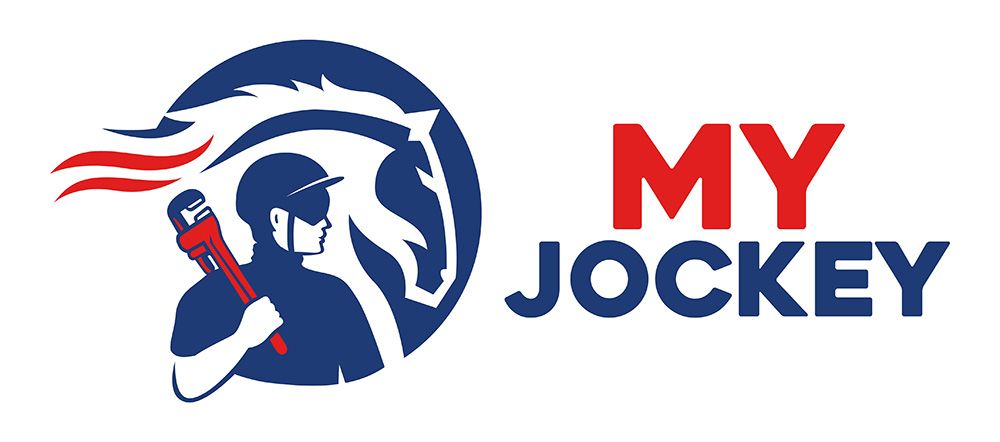
Plumbing issues can be a real headache, but the good news is that many common problems can be easily fixed with a little know-how. Whether you’re dealing with a leaky faucet, a clogged drain, low water pressure, or the nightmare of a burst pipe, understanding the basics can save you time and money. Taking care of these issues yourself can keep your home running smoothly and prevent bigger problems down the line.
Every homeowner should know some plumbing basics to keep their home in good order. Simple fixes can often be done without calling a professional, but knowing when to do it yourself and when to call in help is key. In this article, we’ll walk you through some of the most common plumbing problems and give you practical tips to handle them. With our guidance, you’ll be better prepared to tackle plumbing issues as they arise.
Dealing with Leaky Faucets
A leaky faucet might seem like a small issue, but it can lead to wasted water and higher utility bills if not addressed promptly. The constant drip-drip can also be quite annoying. The good news is that fixing a leaky faucet is often a straightforward task that most homeowners can handle with a few basic tools.
First, identify the type of faucet you have: compression, ball, cartridge, or ceramic disk. Each type has different components and requires different repair techniques. For a compression faucet, the leak is usually due to a worn-out rubber washer, which you can easily replace. Turn off the water supply, unscrew the handle, and remove the old washer. Replace it with a new one, reassemble the faucet, and turn the water back on. For other types of faucets, you may need to replace the O-rings or seals, which can wear out over time. Always make sure to follow the manufacturer’s instructions and seek help if you’re unsure.
Unclogging Drains: Tips and Tools
Clogged drains are another common plumbing problem that can cause significant inconvenience. Whether it’s a slow-draining sink, a shower that won’t drain, or a completely blocked toilet, clogs can disrupt daily routines.
To tackle a clogged drain, start with a plunger. A few vigorous plunges can often dislodge the blockage. If that doesn’t work, a drain snake or auger can be very effective. Insert the snake into the drain and twist it to break up or retrieve the clog. For sinks and bathtubs, removing and cleaning the drain trap can also help. Sometimes, buildup in the trap can cause slow drainage.
For stubborn clogs, a mixture of baking soda and vinegar can be a natural and effective solution. Pour a cup of baking soda down the drain, followed by a cup of vinegar. Let it sit for 15-30 minutes, then flush with hot water. Avoid using chemical drain cleaners frequently, as they can damage pipes over time. By keeping these tools and tips in mind, we can manage minor clogs and keep our plumbing flowing smoothly.
Fixing Low Water Pressure Issues
One common plumbing problem many of us face is low water pressure. It can make everyday tasks like showering and washing dishes frustrating. There are several reasons why water pressure might be low, including clogged pipes, leaks, or issues with the municipal water supply.
First, check all the faucets and fixtures in your home to see if the low pressure is isolated to one area or affects the entire house. If it’s just one area, the problem might be a clogged aerator or showerhead. In this case, cleaning or replacing the clogged component can often solve the issue. If the problem is more widespread, it may be due to a leak in the plumbing system or a blockage in the pipes. Identifying the source of the issue is key to fixing low water pressure and restoring normal flow.
Preventing and Repairing Burst Pipes
Burst pipes are among the most serious plumbing issues we can encounter, especially during cold winter months. They can lead to significant water damage and costly repairs. There are several steps we can take to prevent pipes from bursting and how to deal with them if they do.
To prevent burst pipes, it’s important to insulate them, especially those in unheated areas like basements and garages. Keeping a slow drip on your faucets during extreme cold helps prevent the water pressure from building up and causing a burst. If you find a pipe has burst, the first step is to turn off the main water supply to prevent further damage. Once the water is shut off, you can begin to assess the damage and call a professional plumber to make the necessary repairs.
Conclusion
Understanding basic plumbing troubleshooting techniques is crucial for keeping our homes in good shape. Whether it’s fixing low water pressure, dealing with burst pipes, or addressing other common issues, taking proactive measures can save time, effort, and money. These skills are especially valuable during the winter months when plumbing problems are more likely to occur.
For top-notch plumbing and emergency HVAC services in Saratoga Springs and The Capital Region, contact My Jockey. Our expert services are designed to keep your home running smoothly and efficiently. Let us help you maintain a comfortable and safe living environment. Reach out to My Jockey today to schedule a consultation or service appointment.
